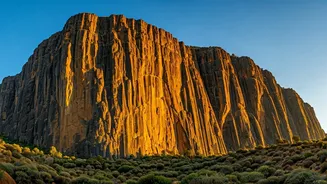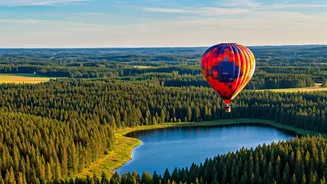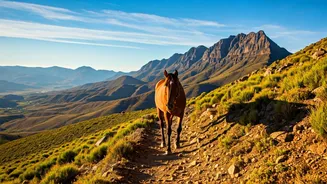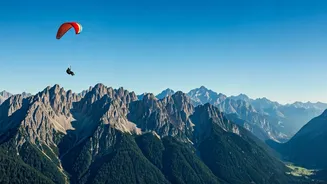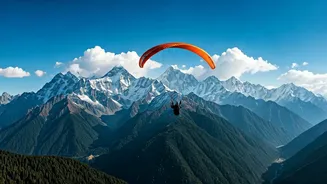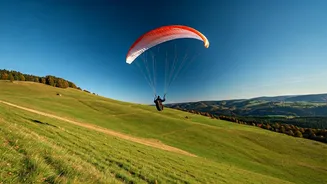Optimal Climbing Seasons
The ideal time to experience rock climbing in Ethiopia hinges on the weather patterns. The dry season, typically spanning from October to May, is considered
the prime time for climbing. During these months, the skies are usually clear, and the temperatures are moderate, providing excellent climbing conditions. The cooler temperatures enhance grip and endurance, which is crucial for tackling various routes. Conversely, the rainy season, from June to September, can pose significant challenges. Heavy rainfall can make the rocks slippery and dangerous, while also limiting visibility and access to certain areas. Therefore, carefully choosing the time of your expedition is essential for safety and a fulfilling experience. Climbers can enjoy the sunshine while enjoying the magnificent landscape around them.
Explore Climbing Routes
Ethiopia boasts an impressive array of climbing routes, catering to climbers of all skill levels. The diverse geological formations offer various challenges, from beginner-friendly walls to demanding technical routes. For novice climbers, there are routes with moderate grades that allow them to hone their skills while appreciating the scenery. Intermediate climbers can discover more challenging routes, featuring steeper inclines and complex techniques. The experienced climbers can encounter routes that present extreme challenges, which involve intricate moves and difficult endurance tests. Each climbing area presents its own unique charm, offering opportunities to experience diverse terrains and test one's abilities. Climbers frequently come across stunning landscapes, providing an immersive and enriching experience.
Preparing for Climbing
Proper preparation is critical for a successful and safe rock climbing experience in Ethiopia. Before embarking on your adventure, make sure you have all the necessary gear. Essential items include a climbing harness, ropes, quickdraws, climbing shoes, a helmet, and a belay device. It's crucial to inspect your equipment for wear and tear regularly. In addition to gear, physical fitness is important. Climbing is a demanding sport, so it's important to be in good shape. Regular exercise, including strength training and endurance exercises, will improve your performance and reduce the risk of injury. Furthermore, it's important to pack appropriately for the environment. Given the varying temperatures, layers of clothing, including moisture-wicking base layers, insulating mid-layers, and a waterproof outer shell are recommended. Also, don't forget to bring essential first-aid supplies, including bandages, antiseptic wipes, and pain relievers. Before your climb, it is wise to consult with local guides and gain insights into the routes, weather conditions, and potential hazards.
Flora and Fauna Encounters
Rock climbing in Ethiopia provides more than just a physical challenge; it also allows you to experience its remarkable flora and fauna. As you climb, you might be rewarded with glimpses of the stunning biodiversity. The country is home to a rich variety of plant life, and the climbing areas may be surrounded by endemic species. Keep an eye out for the diverse birdlife, with numerous species that call Ethiopia home. Climbing routes often provide opportunities to observe wildlife in their natural habitat. Respecting the environment and minimizing your impact is critical. Avoid disturbing the local ecosystems by sticking to established trails, disposing of trash appropriately, and refraining from touching or feeding any animals. By embracing the opportunity to connect with nature, your climbing adventure will be transformed into an unforgettable journey that highlights the splendor of Ethiopia's natural treasures.
